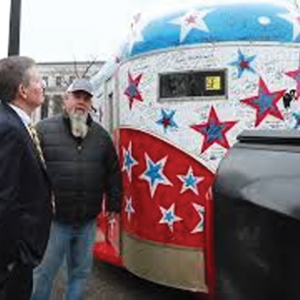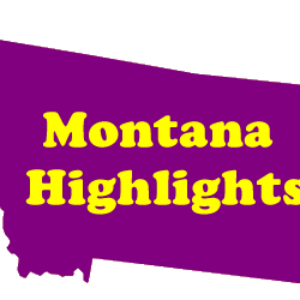The Montana Farm Bureau was thrilled to learn that the Montana agreement for the Cooperative Interstate Shipping (CIS) program has been finalized by the United State Department of Agriculture’s Food Safety Inspection Service. Authorized in 2008 and launched by USDA in 2012, the CIS program permits selected state-inspected establishments that comply with federal inspection requirements to ship their product in interstate commerce. Montana joins only nine other states approved and certified for the CIS program.
During the 2021 Montana Legislative Session, there was extensive discussion regarding the expansion of meat processing capacity, as well as value added opportunities for all segments of agriculture. The Montana Legislature elected to invest American Rescue Plan Act (ARPA) funds and regular state managed dollars into many different projects including meat processing, addressing the need for more meat processing capacity.
At MFBF’s request, the Montana Legislature allocated funding and directed the Department of Livestock could pursue CIS certification. This action supported value added agriculture even further, by helping give ranchers expanded access to consumer markets outside of Montana’s borders.
“I first learned about the Cooperative Interstate Shipping (CIS) program in 2020, when our former MFBF president, Hans McPherson and I were participating on American Farm Bureau’s Livestock Working Group, which was tasked with looking into ways to improve state and federal laws and regulations for the benefit of cattle ranchers across the country,” said MFBF Senior Governmental Affairs Director Nicole Rolf.
“The CIS program preserves and strengthens state meat inspection programs and expands existing plants’ abilities to market meat across state lines, giving cattle ranchers more marketing opportunities and broader markets,” noted Rolf. “The timing just seemed to be right for Montana, where we are lucky to have a healthy blend of custom exempt, state inspected, and federally inspected plants already. When the Montana Legislature decided to pursue this USDA-FSIS approved program with the goal of expanding marketing capabilities for Montana ranchers, MFBF was very appreciative.”
Montana State Veterinarian Marty Zaluski said the agreement benefits the state two-fold. “It no longer restricts our processors from selling across our borders, as they will have the same privileges as USDA-inspected plants. In addition, the CIS certification means the program is funded so the inspection service does not cost the plant any more money. Having a state inspector at a plant is a cost share with the USDA of 50/50, meaning fifty percent comes from the federal government and the Montana General Fund matches it. With CIS, because we have to do things exactly as the federal inspectors do, the USDA increases their share to 60 percent.”
In a Department of Livestock questionnaire on becoming CIS certified, Zaluski noted that 15 plants expressed interest. “That’s nearly 50 percent of all our 31 state-inspected establishments, which includes state-inspected processing and slaughter facilities. We will be meeting with the FSIS regarding how to bring these state-inspected packing plants on board,” said Zaluski. “We believe the FSIS plans to visit those plants to work out the details on how to do an inspection to achieve CIS certification.”
“MFBF is ecstatic to see this program signed into existence for our state,” concluded Rolf. “As state-inspected meat plants opt in to the program, ranchers seeking to market beef directly to consumers will have one more avenue to do so, no matter where in the country those customers and potential customers live. We appreciate the support from the Governor, the work of the Department of Livestock, and the support from the Montana Legislature to get this done in such a timely fashion.”



